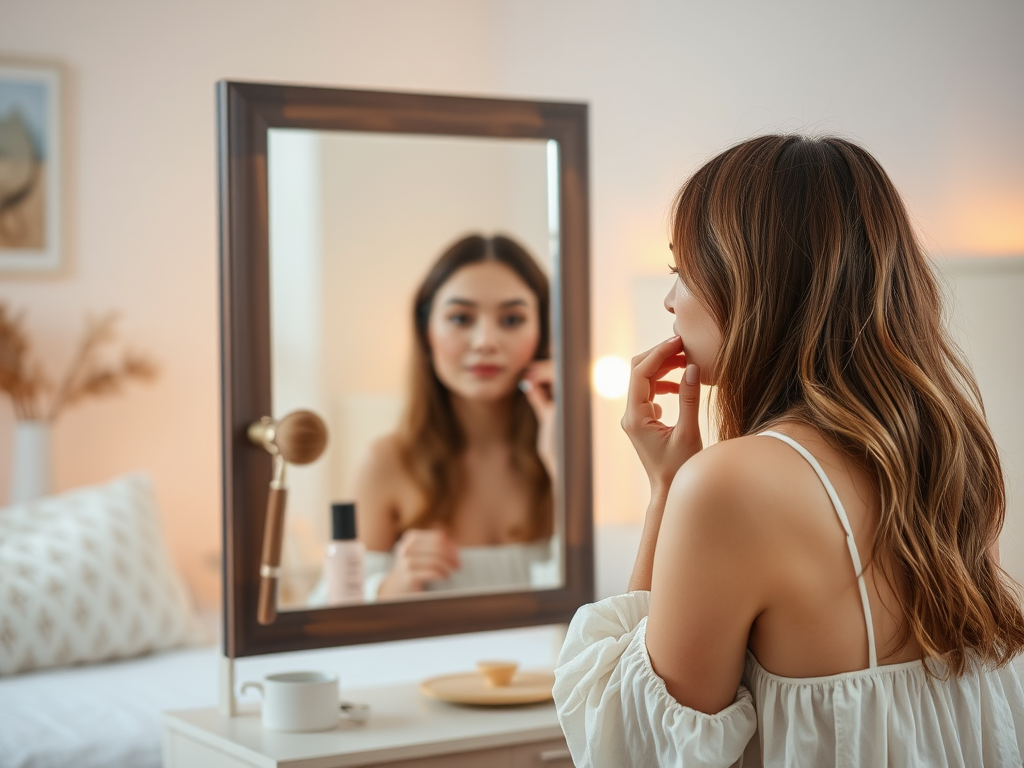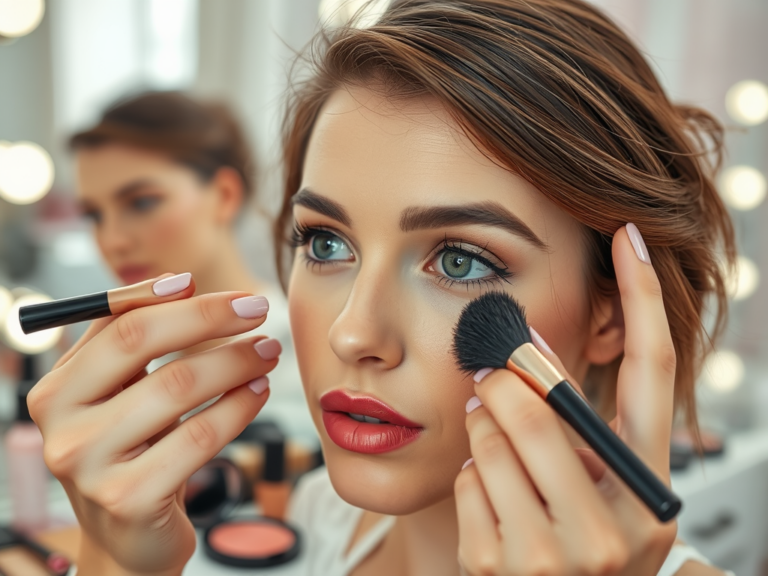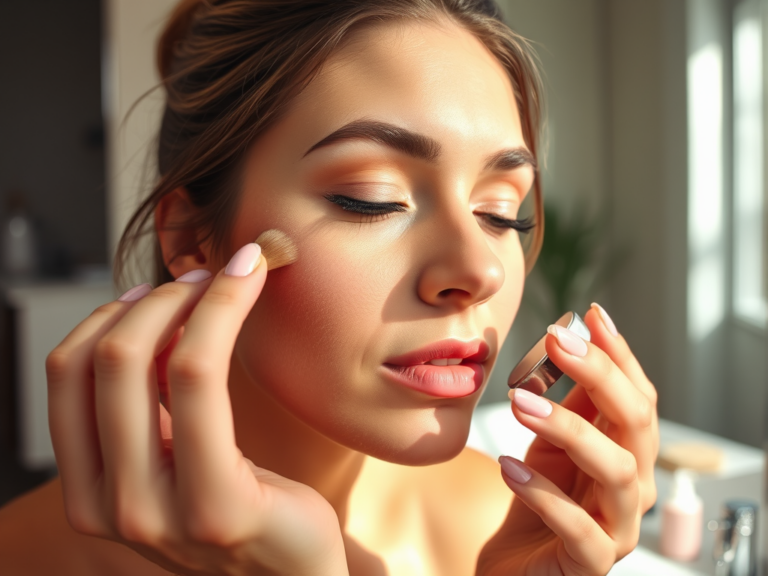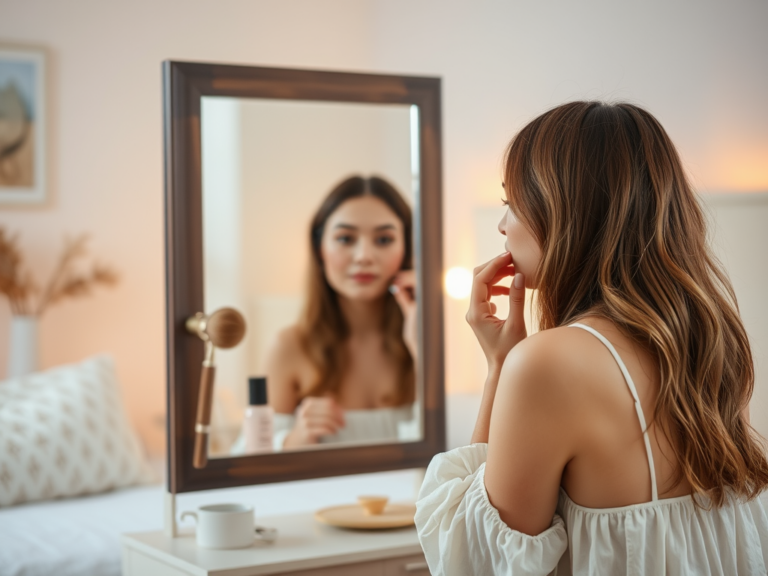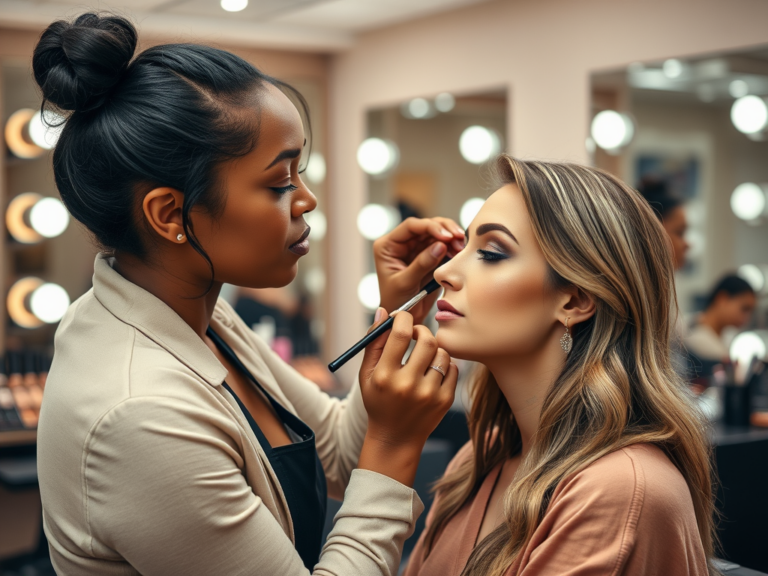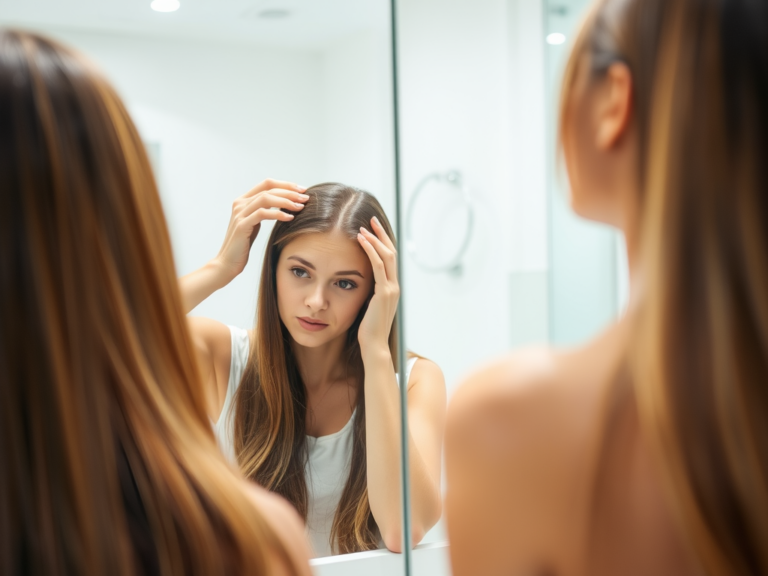Makeup can transform not only your appearance but also your confidence. Whether you’re preparing for a casual outing, an important meeting, or a special event, knowing how to apply makeup effectively can elevate your look. Not everyone has access to a professional makeup artist or extensive beauty knowledge; however, with the right guidance and a few essential steps, anyone can achieve a polished appearance. This guide aims to simplify the makeup application process, making it accessible for people of all skill levels. Here, we will explore essential tips, recommended products, and step-by-step instructions to help you master your makeup routine.
The first and foremost step in any makeup routine is ensuring your skin is properly prepared. Clean and moisturized skin serves as the best canvas for makeup application. This preparation not only improves the overall finish but also enhances the longevity of your makeup throughout the day. Understanding your skin type and using the right products will make a world of difference. With that in mind, let’s dive into the steps for creating a beautiful, lasting look!
Preparing Your Face for Makeup

Before reaching for any makeup products, it is essential to focus on skin preparation. This process includes cleansing, exfoliating, and moisturizing to ensure your makeup looks smooth and radiant. Using appropriate products will not only help your makeup adhere better but also create a healthier appearance.
Cleansing Your Skin
Starting with a clean face is crucial for both hygiene and makeup application. Removing dirt, oil, and impurities helps prevent breakouts and irritations. Below are some tips for effective cleansing:
- Use a gentle cleanser suitable for your skin type.
- Wash your face twice a day for optimal results.
- Don’t forget to cleanse your neck—it’s part of your makeup canvas too!
Moisturizing for a Flawless Base
After cleansing, the next step is moisturizing. A good moisturizer provides hydration and creates a smooth surface for makeup application. Here are some considerations:
- Choose a moisturizer that suits your skin type—gel for oily, cream for dry.
- Consider using a moisturizer with SPF for daytime wear to protect your skin.
- Apply your moisturizer twice daily for the best hydration levels.
Choosing the Right Makeup Products

Once your skin is prepped, it’s time to select the right makeup products. Using the wrong shades or formulations can lead to an unflattering look. Understanding your skin tone, type, and desired effects can help in making the right choices. Here’s what to consider while selecting your makeup:
Foundation Selection
Your foundation is essentially your makeup’s base and should complement your natural skin tone. Keep in mind these tips when choosing your foundation:
- Test foundations in natural light on your jawline to find a match.
- Consider the coverage you desire—light, medium, or full.
- Determine whether you prefer liquid, powder, or cream formulations.
To assist you further, here’s a simple table summarizing foundation types and their best uses:
| Foundation Type | Best For |
|---|---|
| Liquid | All skin types; customizable coverage |
| Powder | Oily skin; quick touch-ups |
| Cream | Dry skin; full coverage |
Complementary Products
After selecting your foundation, consider other essential products that will enhance your overall look. Choices include concealers, blushes, and highlighters. Using complimentary shades ensures better harmony. Below is a list of essential complementary products:
- Concealers to hide blemishes, redness, and dark circles.
- Blushes to add a healthy flush to your cheeks.
- Highlighters to accentuate your cheekbones and brow bones.
Step-by-Step Makeup Application Process
Now that you’ve prepared your skin and selected your products, let’s get into the actual application process! Following a systematic approach can demystify the makeup routine for beginners. Here’s how to do it:
Starting with Primer
Applying a primer is crucial for enhancing the longevity of your makeup. It fills in fine lines and spruces up your skin texture. Using a primer can make your foundation look flawless and stay put even on long days.
Applying Foundation
Foundation application should be done carefully to avoid looking cakey. It’s best to use a makeup sponge, brush, or even your fingers. Here’s a quick method to apply foundation:
- Start from the center of your face and blend outward.
- Use a stippling motion for a more natural look.
- Ensure your neck is blended well, so there are no harsh lines.
Concealing Imperfections
Once your foundation is set, it’s time to use a concealer for any specific blemishes or dark circles. Use a small, precise brush for targeted application, and remember to set it with a light dusting of powder to prevent creasing.
Adding Color with Blush and Bronzer
Now, it’s time to add some warmth and color back to your face with blush and bronzer. Here’s how to apply them:
- Apply bronzer to the hollows of your cheeks and along your jawline for dimension.
- Use blush on the apples of your cheeks for a youthful glow.
Defining the Eyes
Eye makeup can really elevate your overall look. Start with a neutral eyeshadow base, then layer on colors. Eyeliner and mascara are key for making your eyes pop. Here are the components to consider:
- Eyeshadow: Apply a lighter shade on the lid and a darker one in the crease for depth.
- Eyeliner: Define your eyes with eyeliner, choosing between pencil or liquid options.
- Mascara: Apply one or two coats for voluminous lashes.
Finishing Touches with Lips
Finally, choose a lip color that suits your overall makeup. From bold reds to subtle nudes, the right lip can complete your look. Remember to line your lips for a cleaner finish and longer-lasting color.
Setting Your Makeup
To ensure your makeup lasts as long as you do, setting is essential. This step prevents makeup from settling into fine lines and provides a fresh, polished appearance. Here, we’ll discuss the best techniques for setting your makeup:
There are various options when it comes to setting products. Consider the following:
- Setting sprays for a dewy finish—ideal for dry skin.
- Setting powders for a matte finish—excellent for oily skin.
Conclusion
Mastering makeup application doesn’t have to be daunting. With the steps outlined here, even beginners can create a beautiful, polished look. The key lies in preparation, the right product choices, application techniques, and setting your makeup for longevity. Remember, makeup is a form of self-expression, so don’t hesitate to experiment until you find what works best for you!
Frequently Asked Questions
- What are the basic makeup products I need to start with? To begin, you will need a foundation, concealer, mascara, blush, and a lip color.
- How do I choose the right foundation shade for my skin tone? Test foundations on your jawline in natural light to find a match. Look for a shade that blends seamlessly with your skin.
- Is it necessary to use a primer? While not mandatory, a primer can help your makeup last longer and apply more smoothly.
- How can I make my makeup last all day? Use setting powders or sprays and choose long-wear formulas for concealers and foundations.
- Can I wear makeup every day? Yes, many people wear makeup daily, but it’s important to properly cleanse and care for your skin afterwards to prevent breakouts.
